(Though COVID-19 curtails some operations)
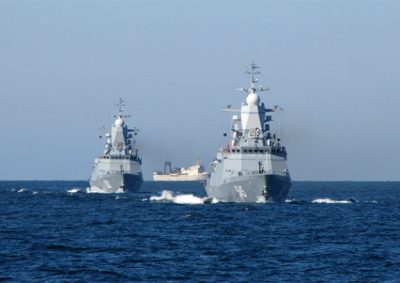
It has to a certain extent been a case of business as usual at sea between NATO and the Russians despite the COVID-19 pandemic, with tense encounters over the Mediterranean. This past week the US Navy’s Sixth Fleet has reported two interceptions by Russian fighter jets of Poseidon P-8A Maritime Patrol and Reconnaissance Aircraft.
As observed in the latest Odin’s Eye leader commentary, in our May edition (out April 24), the wariness between Western naval units and those directed by the Kremlin has also in in the past few weeks been seen in waters around northern Europe. To read Odin’s Eye subscribe to WARSHIPS IFR
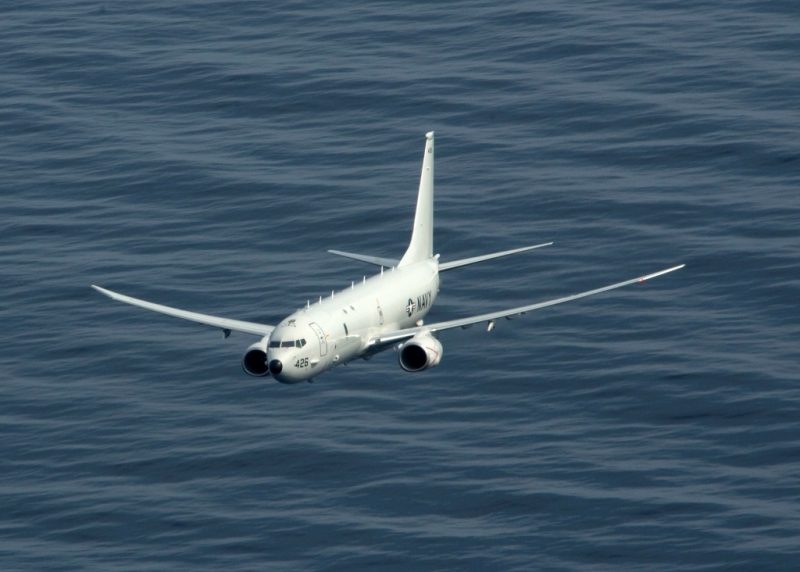
Numerous maritime units of the Royal Navy, Marine Nationale and other NATO members states’ fleets kept tabs on a Russian task group. According to the Russian defence ministry it was sent out to ‘practice tasks of searching, detecting and destroying a mock enemy submarine as part of a planned tactical exercise.’
In the eastern Mediterranean, Russian surface navy units engaged in live-firing of their weapons systems, while Standing NATO Maritime Group 2 (SNMG2) delivered a riposte by entering the Black Sea to patrol close to Russia.
Following the aerial encounters, the US Navy registered its displeasure at ‘Russian pilots [flying] in an unsafe and unprofessional manner while intercepting a U.S. Navy P-8A’. The incident took place, according to the USN, ‘in international airspace over the Mediterranean Sea.’ The Russian SU-35 fighter jet in fact made two interceptions in the space of 100 minutes, with the first ‘deemed safe and professional’ by the Americans.
However, the second intercept was labelled unsafe due to the SU-35 ‘conducting high-speed, high-powered maneuver that decreased aircraft separation to within 25 feet, directly in front of the P-8A, exposing the US aircraft to wake turbulence and jet exhaust.’ This prompted the P8-A to descend in order to ensure safe distance between itself and the Russian jet. A US Sixth Fleet spokesperson slammed the SU-35’s actions as ‘inconsistent with good airmanship and international flight rules, seriously jeopardizing the safety of flight of both aircraft.’
Just a few days earlier, according to USN sources, ‘a Russian SU-35 flew inverted within 25ft’ of another P-8A. The USN has stressed that in both cases its aircraft were ‘operating consistent with international law and did not provoke this Russian activity.’

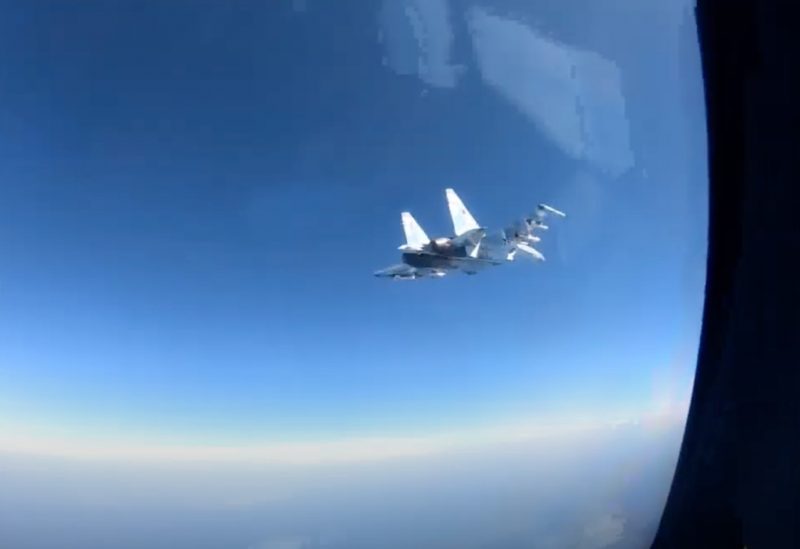
Keeping its patrols going despite the COVID pandemic has been considered top priority for NATO and, after its foray into the Black Sea, by mid-April SNMG2 was back in the Mediterranean and conducting exercises. Rear Admiral Paolo Fantoni, Italian Navy, the current Commander of SNMG2, explained: “The objective is to maintain the operational capabilities and readiness of the Force, enhancing our interoperability and proficiency, providing NATO with an always prepared instrument, despite the current COVID-19 global emergency.”
We publish a major interview with Rear Admiral Fantoni in the new edition of WARSHIPS IFR, with Special Correspondent Guy Toremans talking to him aboard the Italian Navy frigate ITS Carabiniere, during the recent Exercise Dynamic Manta (of which there is also a report).
“Given its geographical location and countries’ different cultures, the Mediterranean contains a number of crisis areas,” explained Rear Admiral Fantoni during the WARSHIPS IFR interview, addressing the crucial need to ensure NATO maintains its vigilance.
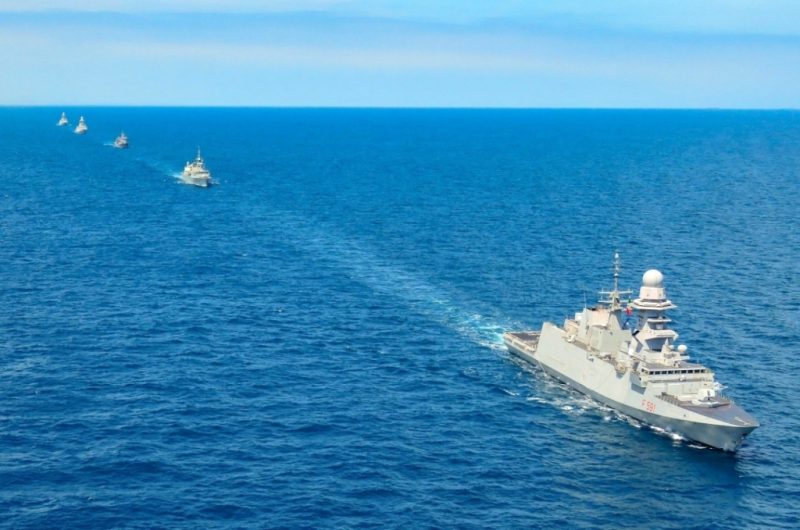
Rear Admiral Fantoni added: “Maritime migration, instability along the southern coasts, choke points for access into the Atlantic and Indian oceans, as well as the conflicts in Syria and Libya – and with Russia’s intent to maintain a permanent ‘at-sea’ presence in the region – means the Mediterranean is a melting pot of numerous traditional and asymmetrical threats. The security situation is full of risks that confront NATO with several challenges. This requires us to be ready to respond flexibly to a wide spectrum of possible scenarios, ranging from the simplest presence and surveillance activities to high-intensity operations.”
For the full interview subscribe to WARSHIPS IFR
Meanwhile, the Russians have similarly been pressing ahead with naval operations near and far from their shores, in order to show their own readiness despite the COVD pandemic, which has affected various navies, to a greater or lesser extent. In mid-April this included the Northern Fleet sending to sea the guided-missile corvettes RFS Aysberg and RFS Rassvet out into the Barents Sea to carry out live-firing practice.
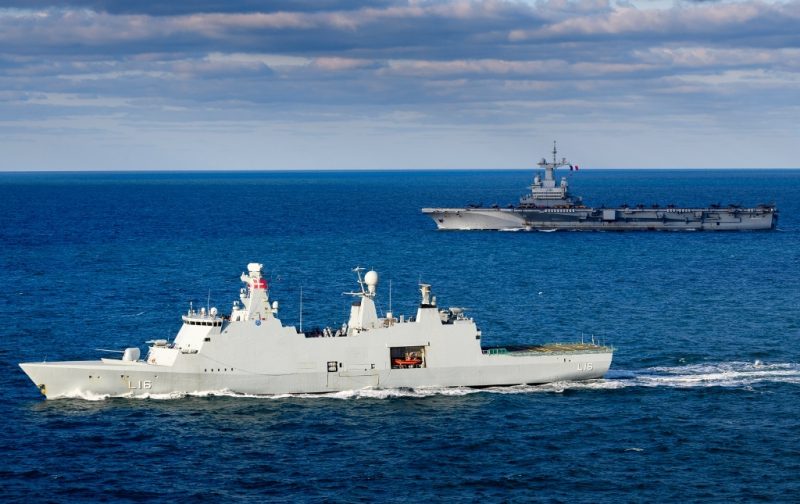
Recent days have seen the French Navy forced to curtail the current deployment of the nuclear-powered strike carrier FS Charles de Gaulle. After the ship’s return home to Toulon, it was reported that 1,081 sailors aboard the vessel had tested positive for COVID-19. This was even more than reportedly fell ill aboard the US Navy carrier USS Theodore Roosevelt, which a few weeks earlier put into the naval base at Guam due to her then Commanding Officer’s concerns about the rate of infection.

How the various navies and shipyards around the world have grappled with trying to work despite the pandemic is also covered in the latest (May 2020) edition of WARSHIPS IFR. Further coverage of the pandemic and navies will be posted on this web site too. Reports will be carried in our magazine editions, now being made available direct, as either hard copy or digital variants.

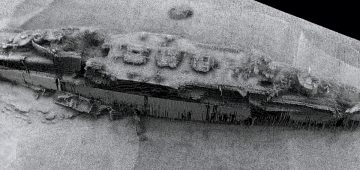




Comments
Sorry, comments are closed for this item